AMA Tasting Note
Château La Serre Vertical Tasting
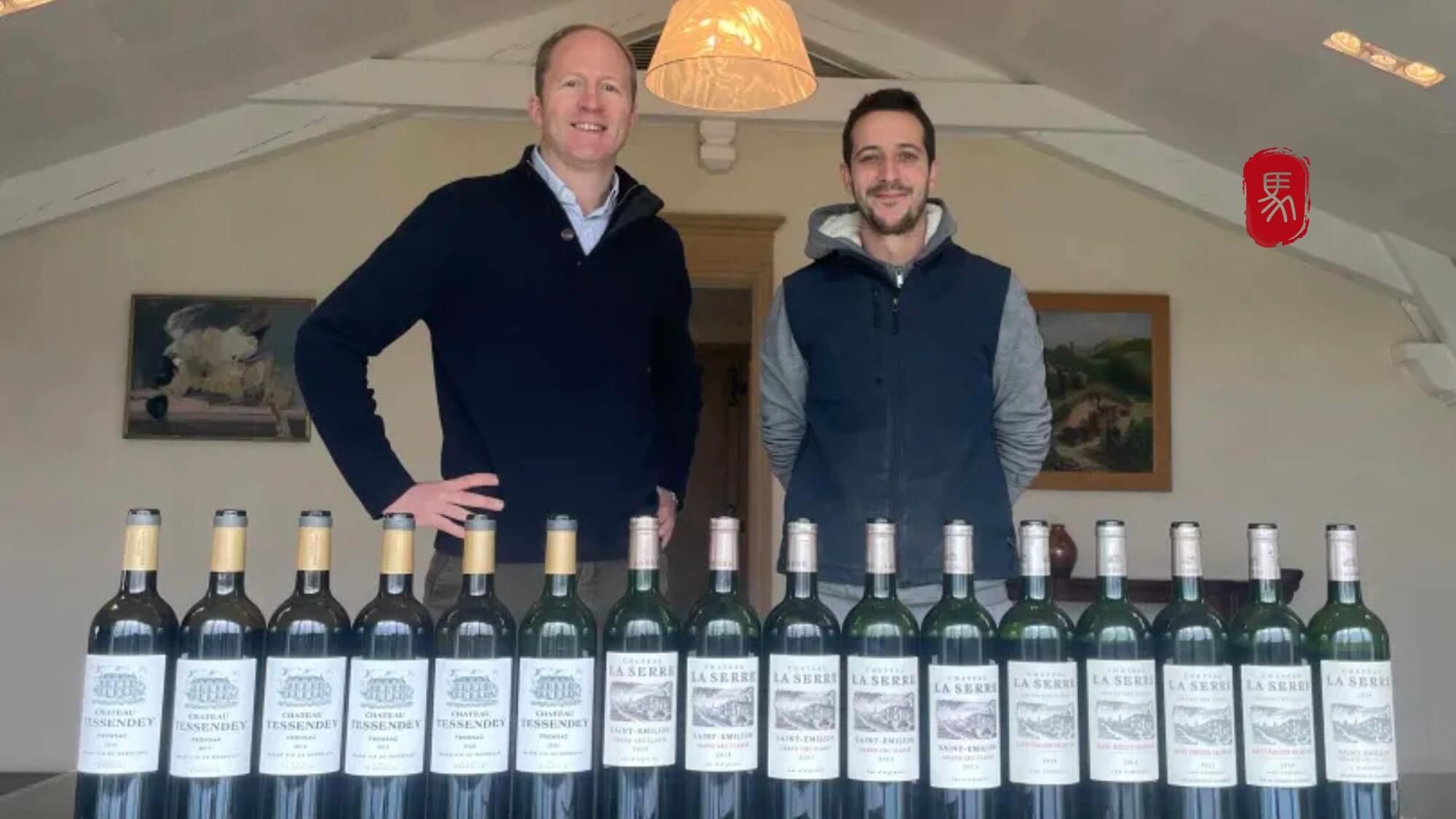
Have you ever noticed how, whether in life or at work, people with open, cheerful personalities and warm smiles tend to be more popular? At least upon first meeting, they effortlessly win others over. The same holds true in the world of wine—those sun-drenched New World wines, brimming with ripeness and exuberance, have an undeniable charm the moment you uncork the bottle. It’s no wonder that newcomers to wine often gravitate toward the generous, fruit-forward styles of Australian wines. But today, I’m taking a different path. Let me introduce you to a strikingly reserved “cool beauty.” To be honest, if I hadn’t made the trip for a vertical tasting at the estate myself, even as a self-proclaimed “Bordeaux local,” I might have overlooked it completely.
Picture this: you’re standing beneath the walls of a medieval town, just 200 meters from the limestone ramparts of Saint-Émilion. The air is filled with the scent of vines, the southern slope is bathed in golden sunlight, and the white limestone plateau whispers stories of a terroir shaped over centuries. This was the feeling that washed over me when I arrived at Château La Serre.
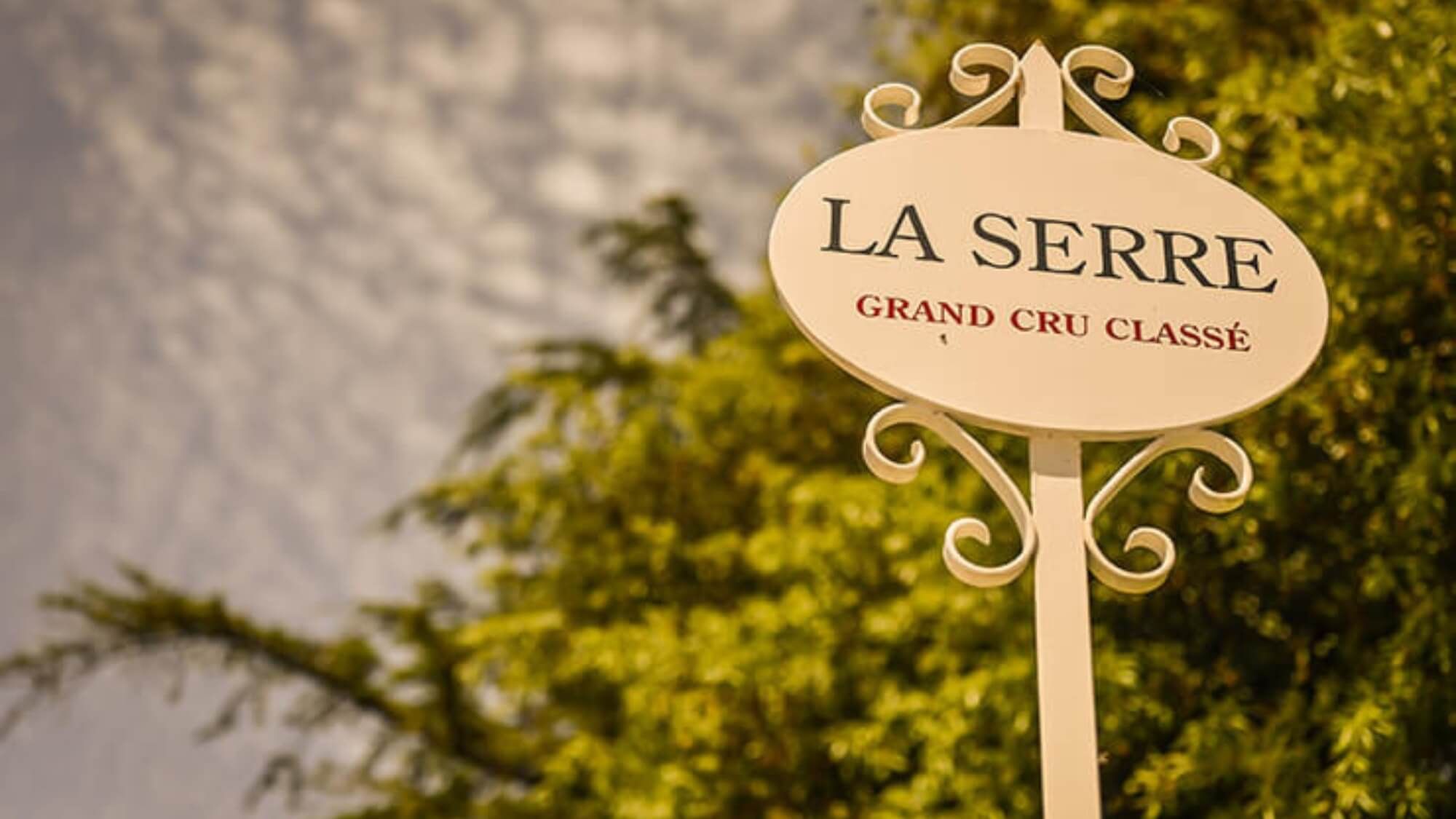
2000 Years of History
In fact, the story of Château La Serre stretches back an astonishing 2,000 years. Yes, you read that right—two thousand years!
Vines may have been planted on this land as far back as the Roman era. By the 15th century, Franciscan monks from the Couvent des Cordeliers were tending the vineyards here, producing what was considered “sacred wine” in their time.
But it was in the 17th century that Château La Serre truly stepped into the spotlight, thanks to one Romain de Labayme. Not only did he marry Madeleine de Sèze, the daughter of an esteemed noble family, but he also built the château that still stands today. This family was no stranger to prestige—between the 16th and 18th centuries, they counted among their ranks lawyers, politicians, and even a mayor of Bordeaux. They were, in every sense, a dynasty that thrived at the intersection of power and influence.
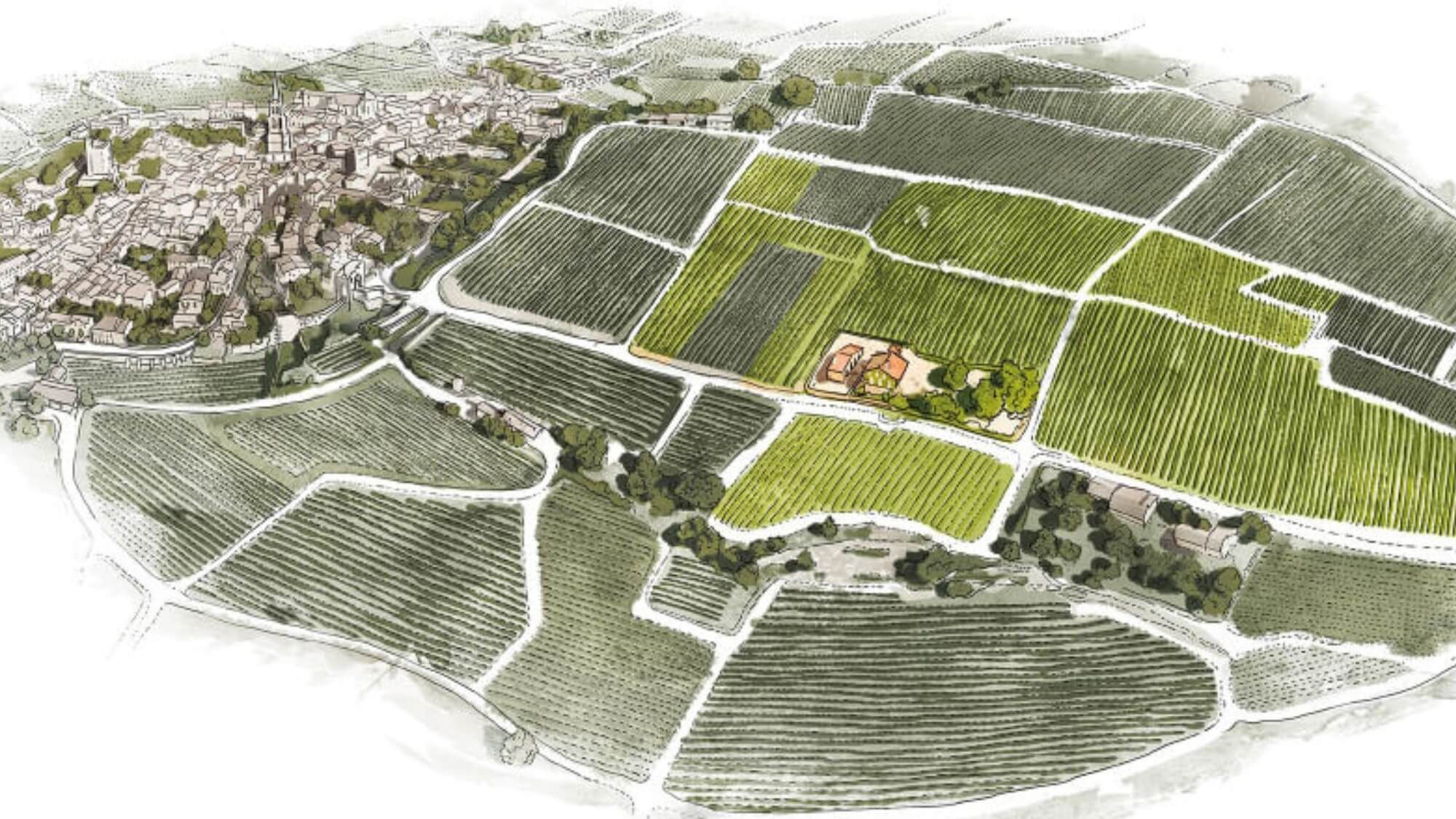
If Château La Serre’s history is an epic, then the d’Arfeuille family is its modern protagonist. In 1956, Bernard d’Arfeuille, a wine merchant from Libourne, purchased the estate, beginning a three-generation love affair with wine. In 1970, his eldest son, Luc d’Arfeuille, took over, embarking on an ambitious restoration project that would ultimately elevate La Serre to the upper echelons of Saint-Émilion’s classified growths. He became one of the key figures in the first generation of classified growth families in the region.
Then, in 2013, Luc’s nephew, Arnaud, joined the family estate. Having previously managed luxury brand sales at Pernod Ricard, he brought a fresh energy to the château. Speaking with both uncle and nephew, I could feel their deep conviction in one guiding philosophy: “À Saint-Émilion, toujours fidèle”—always faithful to Saint-Émilion. This unwavering devotion to the land is, without a doubt, the very soul of La Serre’s wines.
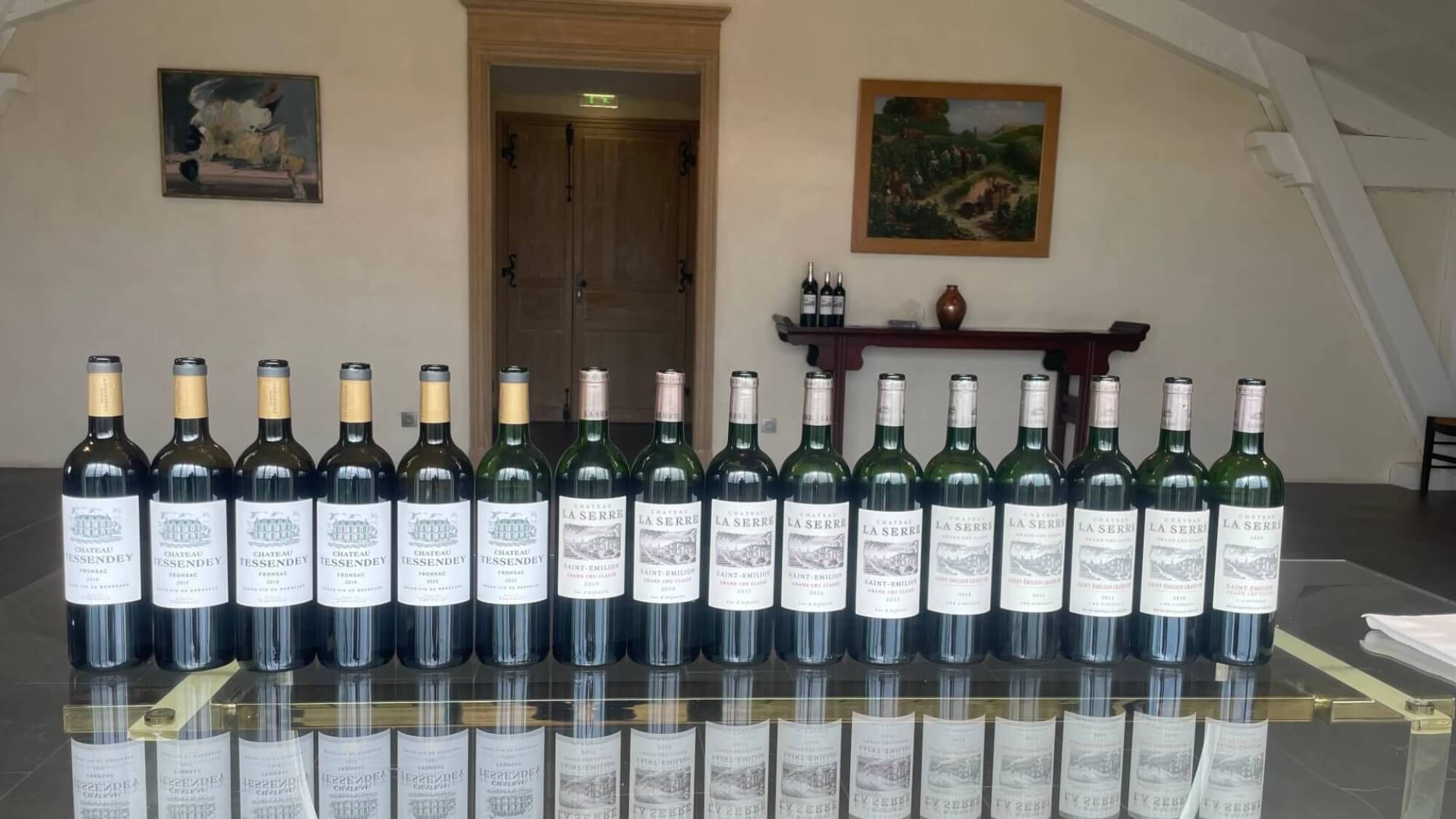
The Mysterious “Menuts Plateau”
Perched 80 meters above sea level on the Menuts Plateau, Château La Serre is not just a haven of exceptional terroir but also a place steeped in mystery. The vineyard’s surface is covered by a layer of clay, varying in depth from 30 centimeters to a meter. Beneath this lies the famed “calcaire à astéries,” the starry limestone that has long been Saint-Émilion’s pride. To this day, a network of underground tunnels and former quarries still crisscross beneath the estate—silent witnesses to history and, more importantly, natural reservoirs for the vines. During dry years, these limestone formations release stored rainwater, providing the vines with just the right amount of hydration, much like an unseen “guardian of the cellar” working in perfect harmony with nature.
If the underground serves as La Serre’s hidden hero, then the vineyard itself is undeniably its grand stage. The vines stretch across a wide plateau, cascading gently down the south-facing slopes of the Fongaban valley. Constantly caressed by natural breezes, the vineyard enjoys exceptional ventilation, which not only keeps the vines healthy but also significantly reduces the risk of fungal diseases like downy mildew and powdery mildew. In a way, La Serre’s vines experience a daily natural spa treatment. This unique microclimate is also the inspiration behind the estate’s name—“La Serre”, meaning “greenhouse” in French, symbolizing warmth, sunlight, and protection.
For decades, Merlot has reigned supreme at La Serre, making up 80% of the vineyard. However, in recent years, the estate has gradually increased its Cabernet Franc plantings, with a goal of reaching 30%. As Arnaud explained to me, this shift is not only about enhancing elegance and complexity but also a strategic response to the challenges of climate change.
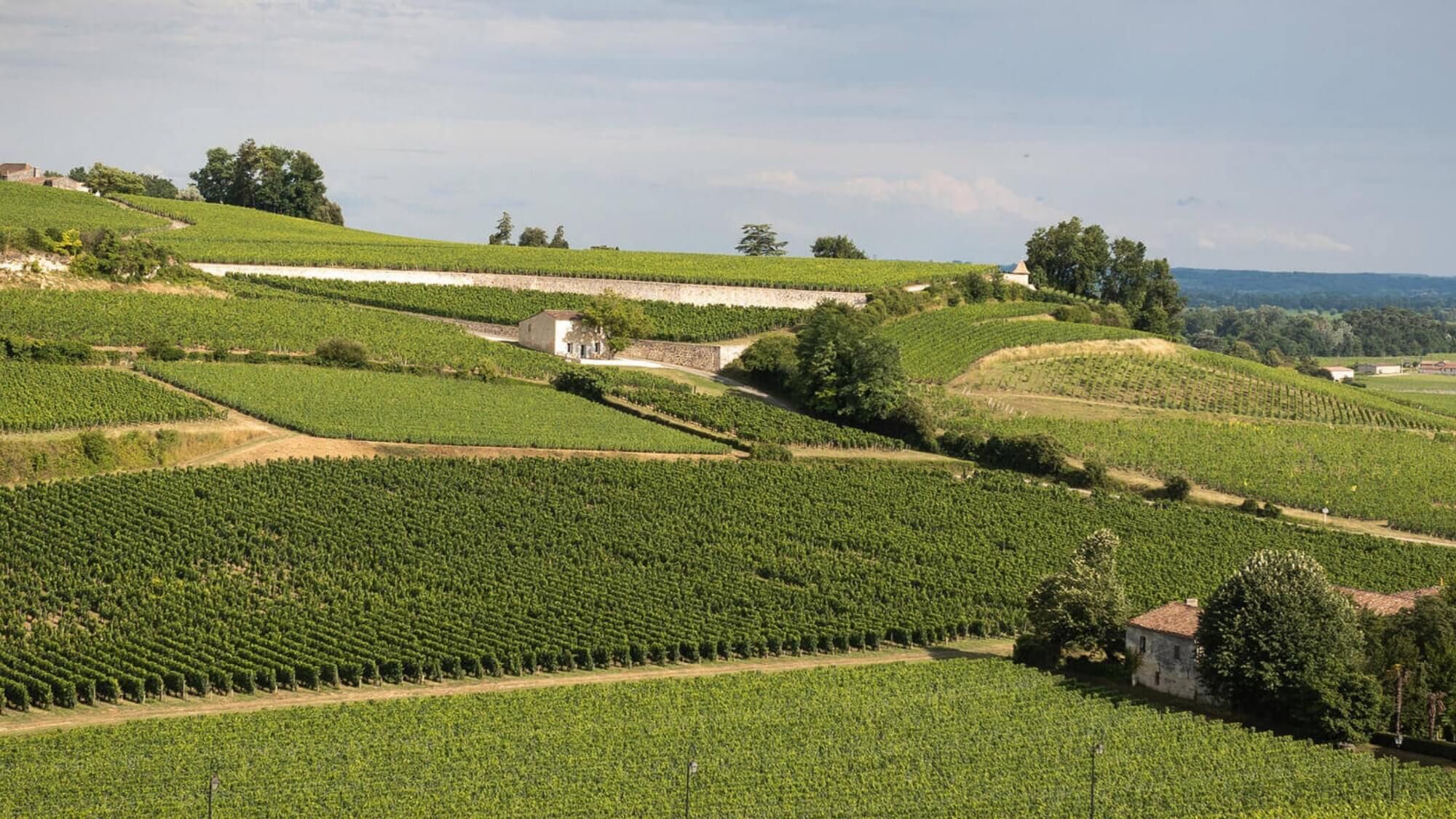
A “Miniature Cellar” You Can Tour in Three Minutes
From the wooded grove next to the château, it takes just one minute on foot to reach La Serre’s compact yet highly efficient cellar. This stone-built winery recently underwent an extensive restoration, overseen by historical building expert Jean-Pierre Errath and architect Aurélien Métayer. Their careful work preserved the estate’s original stone walls while seamlessly integrating modern winemaking technology. Above it all, a century-old wooden beam stretches across the ceiling—like a bridge between past and future, silently witnessing the evolution of this estate.
At the heart of the winery is a fermentation room equipped with seven concrete vats, each custom-sized between 5,000 and 8,000 liters to match the varying sizes of vineyard plots. Since their 2018 debut, these vats have proven to be an invaluable asset, offering precise temperature control and allowing the wines to express their terroir with greater clarity. Arnaud emphasized how concrete acts as a winemaker’s best ally, preserving purity and finesse.
The winemaking philosophy at La Serre can be summed up in one phrase: “Precision with restraint.” Fermentation is carried out using commercial yeasts, but no sulfur is added at this stage, preserving the wine’s natural character. Before fermentation begins, a brief pre-fermentation cold maceration (macération préfermentaire) enhances aromatic intensity and color extraction. The total maceration period lasts between three to five weeks, ensuring depth without over-extraction. Since the 2022 vintage, all malolactic fermentation (malo) has been conducted in concrete vats rather than oak barrels, a choice that enhances the wine’s purity and terroir-driven expression.

When it comes to oak aging, La Serre follows the same principle of precision and restraint. The wines are aged in 50% new oak and 50% second-fill barrels for 12 to 18 months. To soften the influence of toasty oak flavors, all barrels are medium-toast.
After experimenting with various cooperages, the estate settled on three top suppliers:
-Taransaud, which adds length and finesse;
-Darnajou, which contributes spice and complexity;
-Demptos, which provides the perfect balance.
Since the 2022 vintage, La Serre has also embarked on a new chapter with renowned consultant Thomas Duclos. Known for his keen eye for detail and deep understanding of terroir, Duclos has brought fresh momentum to the estate. Under his guidance, La Serre continues to refine its vineyard management and winemaking approach, ensuring that its wines become even more distinctive and expressive.

Reflections from the Vertical Tasting
At the beginning of this article, I mentioned how I had once seriously underestimated Château La Serre. The reason was simple—it is a slow burner. Despite possessing all the hallmarks of Saint-Émilion’s finest terroirs, it remains a wine that demands patience and time before revealing its beauty. In its youth, La Serre often feels restrained, reserved, even aloof, as if testing your perseverance. Yet, with age, it transforms into a wine of breathtaking elegance, unfolding layers of depth and finesse.
Aged Château La Serre often develops an unmistakable truffle aroma, adding a layer of mystery and sophistication to its character. The 2010 and 2009 vintages, in particular, stood out—not only did they carry this signature truffle note, but they also unveiled an unexpected hint of pine resin, an uncommon and captivating nuance that further enhanced their complexity.
Interestingly, beginning with the 2022 vintage, I noticed a shift in the wine’s youthful expression. The aromas in its early years have become noticeably more vibrant, a change that was especially pronounced during the 2023 En Primeur tasting. If this once-distant “cool beauty” can now showcase glimpses of its charm even in its youth, I have no doubt that more wine lovers will be drawn into its world.
In an era where everything is about speed and instant gratification, choosing patience and quiet refinement is no easy feat. With an annual production of just 35,000 bottles, Château La Serre seems less like a wine made for the masses and more like a treasure crafted for those who resonate with its rhythm—a wine for those who savor the marks that time and passion leave behind.
